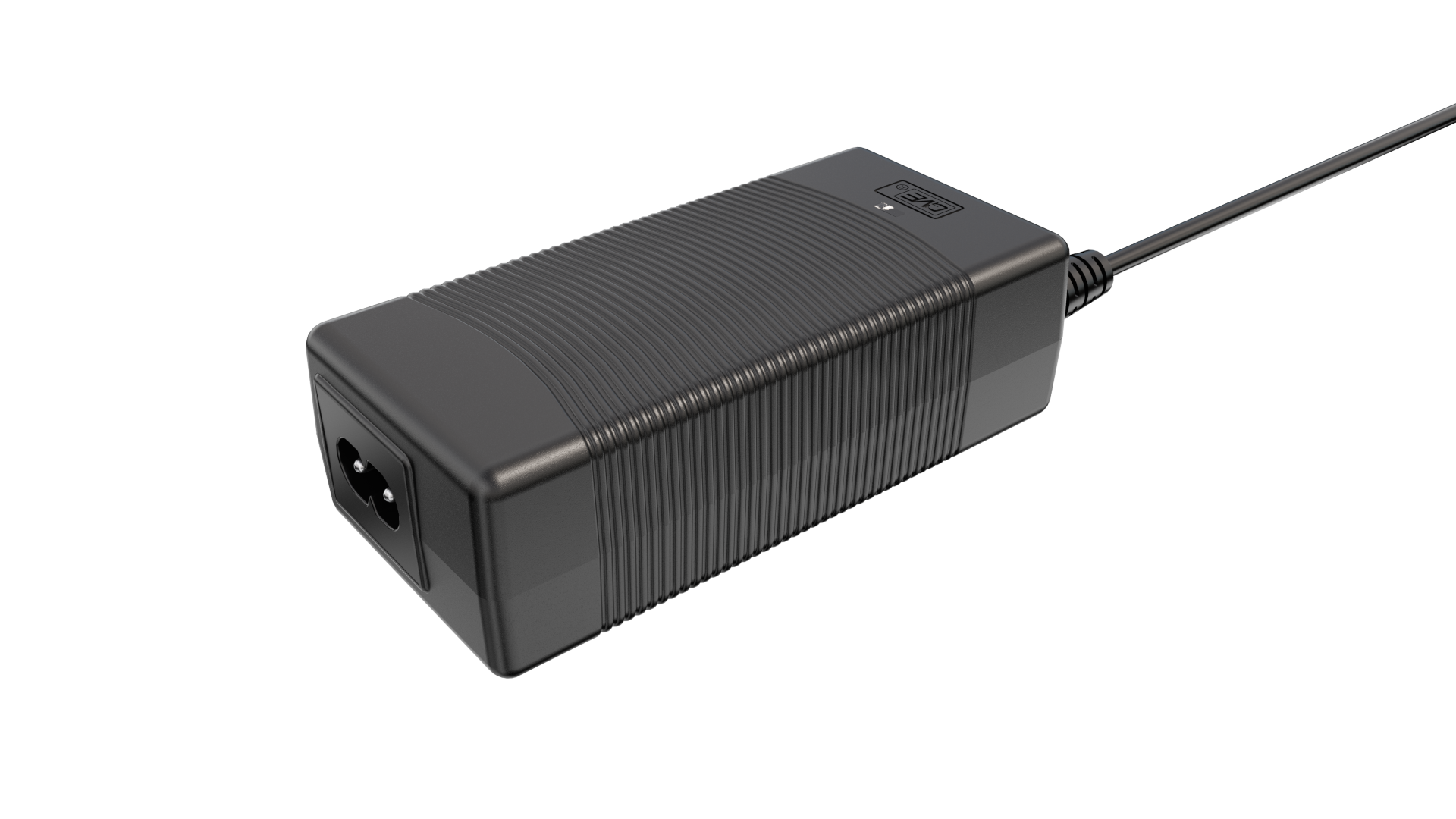What Role Do Heat Dissipation and Temperature Regulation Play in Power Adapters?
In the world of electronic devices, power adapters seamlessly deliver the required energy for our gadgets to function. Behind their seemingly simple appearance lies a sophisticated system that involves heat dissipation and temperature regulation, crucial aspects that ensure both safety and efficiency in their operation.
Fundamentals of Power Adapters
Power adapters are indispensable components, converting alternating current (AC) from wall outlets into direct current (DC) suitable for electronic devices. They come in various shapes and sizes, each designed to cater to specific voltage and current requirements of devices.

Heat Dissipation
Heat dissipation is the process of releasing excess heat generated during the conversion of electrical energy. In a power adapter, components such as transformers, diodes, and capacitors are involved in energy conversion, producing heat as a byproduct.
Importance of Efficient Heat Dissipation
Excessive heat buildup can lead to inefficiencies, reducing the adapter's performance and potentially shortening its lifespan. Adequate heat dissipation mechanisms, such as heat sinks, ventilation, and thermal pads, are implemented within adapters to manage and release this heat effectively.
Significance of Temperature Regulation
Temperature regulation is pivotal in preventing overheating and safeguarding both the adapter and the connected devices. Integrated circuits and sensors continuously monitor the adapter's temperature, adjusting the power output or activating safety mechanisms if temperatures rise to critical levels.
Enhanced Safety Measures
Modern power adapters have safety features like automatic shut-off or overcurrent protection to prevent damage due to excessive heat or temperature fluctuations. These safety measures not only protect the adapter but also ensure the safety of users and connected devices.
Factors Affecting Heat Dissipation and Regulation
Design plays a significant role in determining the effectiveness of heat dissipation and temperature regulation in power adapters. Materials used, layout of components, and airflow design directly impact the efficiency of these mechanisms.
Here are some frequently asked questions (FAQs) along with their comprehensive answers regarding the role of heat dissipation and temperature regulation in power adapters:
Why do power adapters get hot during use?
Power adapters generate heat as a natural byproduct of the energy conversion process. Components like transformers, diodes, and capacitors within the adapter convert electrical energy from AC to DC, resulting in some energy being lost as heat. Efficient heat dissipation mechanisms help manage and release this heat, but it's normal for adapters to feel warm during operation.
How does temperature regulation protect devices and adapters?
Temperature regulation within power adapters safeguards both the adapter itself and the connected devices. Integrated circuits and sensors monitor the adapter's temperature, adjusting power output or activating safety mechanisms to prevent overheating. This prevents potential damage to the adapter's components and ensures the connected devices operate within safe temperature ranges, prolonging their lifespan.
How do advancements in technology improve heat dissipation in power adapters?
Technological advancements continually improve heat dissipation in power adapters. Innovative materials with better thermal conductivity, advanced cooling techniques like liquid cooling or graphene-based solutions, and enhanced component layouts aid in more efficient heat dissipation. Additionally, optimized designs and better manufacturing processes contribute to adapters that effectively manage heat while maintaining optimal performance.
How long should a power adapter last?
The lifespan of a power adapter varies based on usage, quality, and environmental factors. On average, a well-maintained adapter can last several years.
What affects the lifespan of power adapters?
Factors affecting lifespan include temperature, voltage fluctuations, quality of components, and usage patterns. Ensuring proper ventilation, avoiding overloading, and using the adapter within its specified limits can prolong its lifespan.
Conclusion
Heat dissipation and temperature regulation stand as integral components in the functionality and safety of power adapters. Their seamless operation ensures the smooth functioning of electronic devices while prioritizing safety and longevity. As technology progresses, continued innovation in managing heat and temperature will be instrumental in shaping the next generation of power adapters.
